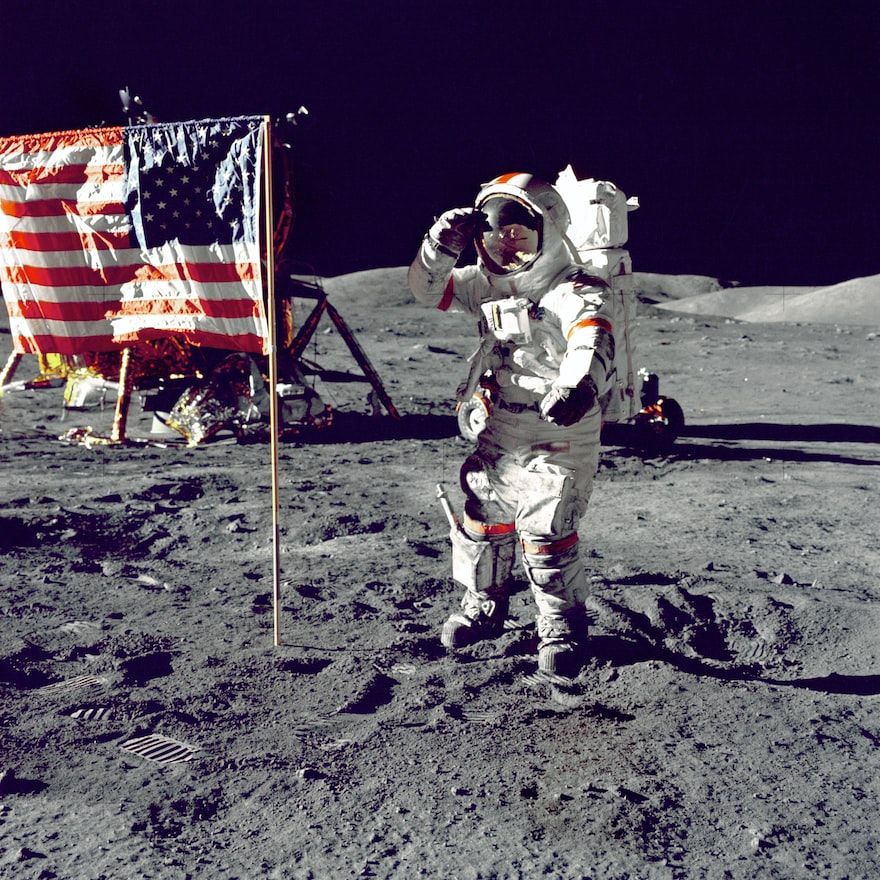29 facts about NASA
The Cold War, although a grim period in world history, brought an intense rivalry in a space race between the U.S., and the Soviet Union. As a result, ...
16 facts about Aurora
Auroras can be different. Sometimes it is bright and dancing, shimmering with different colors, sometimes it appears still. It has always fascinated p ...
19 facts about Brain
The brain is one of the most important and most fascinating and complex organs in the human body. It is an incredibly plastic command center that over ...














